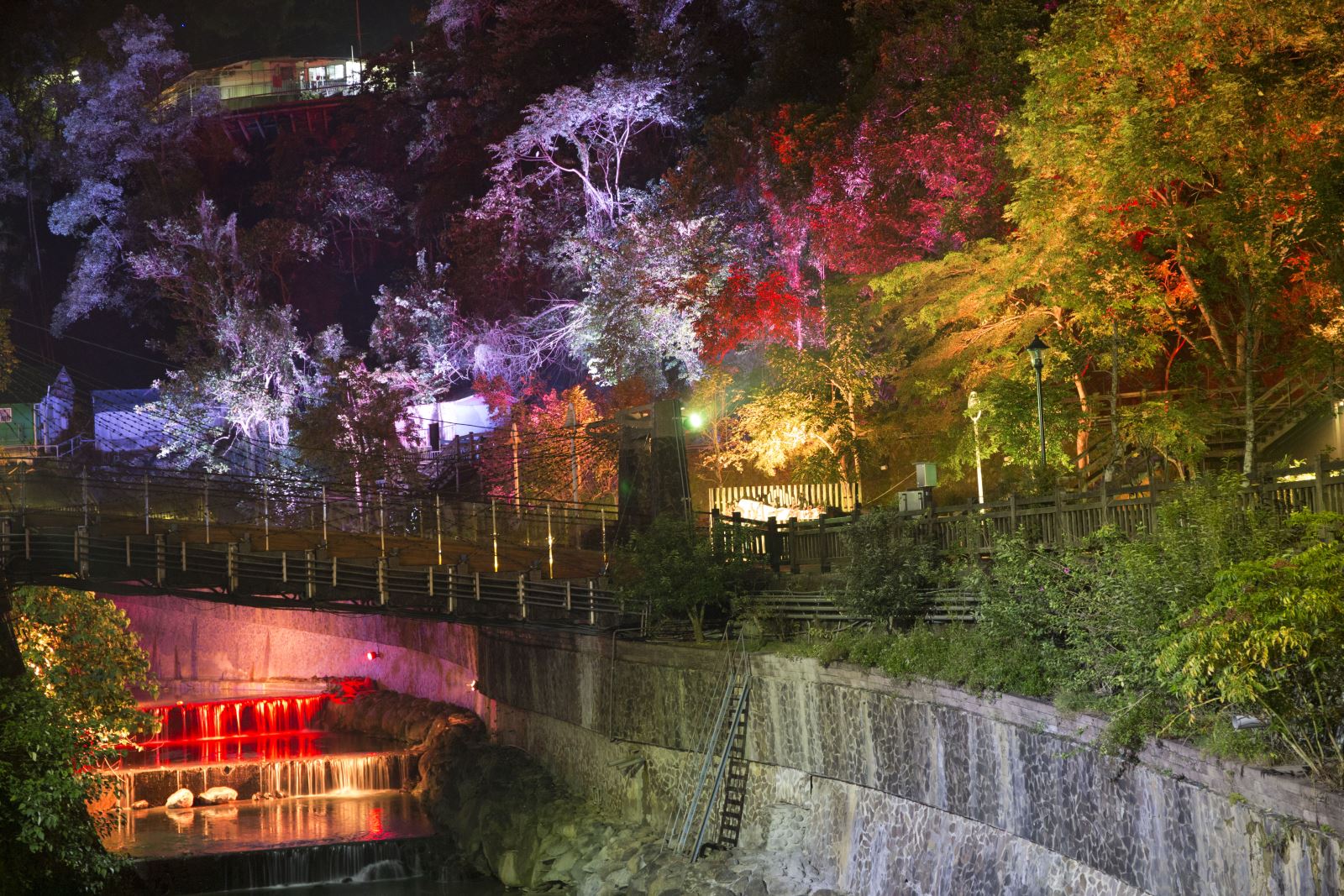.jpg) 黃嘗銘
黃嘗銘B, 1954 出生於臺北市
學歷:
畢業於逢甲大學土木系
書法篆刻師事王北岳先生。專業從事書法篆刻印鈕創作四十餘年,曾獲中山文藝創作獎、中華文化薪傳獎、中興文藝獎章及韓國世界書藝全北雙年展大賞。舉辦多次個展,出版多種創作印譜、篆刻講座及印學資料庫叢書,並致力於電腦印學資料庫真微印網的建置維護。歷任全國、全省各級美展評審委員,中華民國篆刻學會第12屆理事長。現為台灣篆刻家協會會長、西泠印社社員。
HUANG, CHANG-MING
1954 Born in Taipei City.
Education:
Graduated from the Department of Civil Engineering, Feng Chia University.
With Mr. Wang Bei-Yue being his Chinese calligraphy and seal-script seal carving teacher, Huang Chang-Ming has been professionally engaged in creative works of Chinese calligraphy, seal carving and seal knob carving for over 40 years. He received Sun Yat-sen Literature and Art Award, Chinese Culture Heritage Award, Chung Hsing Medal in Culture and Arts, and the Grand Award of the World Calligraphy Art Chonbuk Biennale in Korea. He held personal exhibitions for several times, published several books about seal creation, held lectures about seal carving, and published seal data bank books. He has dedicated his effort to establishment and maintenance of the computerized seal database, Virtual Micro Studio of Seals. He successively served as a Review Committee member of different levels of art exhibitions in the whole country and the whole province, and the 12th Director-General of Seal Carving Academic Society of the Republic of China. Currently, he serves as the Chairman of Taiwan Seal Carvers Association, and a member of Xiling Seal Art Society.

圖說:
基於對中山國銘文的熱愛,在解析與文字探索後,便以此文字進行創作。體會關子嶺對自身的感受,採用古人九雅表達其心境。
賞析:
此作採用氣勢刀感的筆調發揮,而布局使用古典呈現,再結合新穎與個人書法藝術的線條筆墨後,不同的感受由內而外感染觀賞者。
.jpg)
<黃嘗銘書法作品-關子嶺(會跳舞的森林)>
Description:
Due to the artist’s passion for the inscription of Zhongshan State, he analyzes and explores the words of the inscription, and then uses those words for creation. He came to understand his feelings towards Guanziling, and employs the nine artistic pursuits of the ancient people to express his state of mind.
Appreciation:
While this work adopts vigorous and sword-like brush strokes for creation, its layout has a classic presentation. After blending of novelty with the ink and line performance of the artist’s own Chinese calligraphic art, the audiences’ perception can be influenced differently from the inside to the outside.
Transcription: Burning incense, drinking tea, listening to the rain, appreciating snow, waiting for the moon, tasting wine, arranging flowers, looking for tranquility, playing the guqin.
Identification:
Burning incense can calm one down, stay awake, think and understand reason. Drinking tea can clear one’s clear mind, remove the dust and improve thinking. Listening to the rain and letting the string play along with raindrops can acquaint oneself with the secular world. Appreciating snow makes one focus on one color and has a heart as clear as ice. Waiting for the moon can make one lean on silence, think and meditate deeply. Tasting wine while writing Chinese calligraphy can make one have joyful leisure and be expressive. Arranging flower and grasses can make one cultivate his body and mind. Looking for tranquility and secluding oneself can bring one to the ethereal world to express his sentiment. Playing the guqin and music can make one nostalgic and daydream. These are the nine artistic pursuits of literati and Chinese calligraphers. May in summer of Jihai year (2019).
Written by Huang Chang-Ming in Taipei.
Artist’s seal: HUANG, CHANG-MING. Long-term seal maker. Truthfulness in refined subtlety.